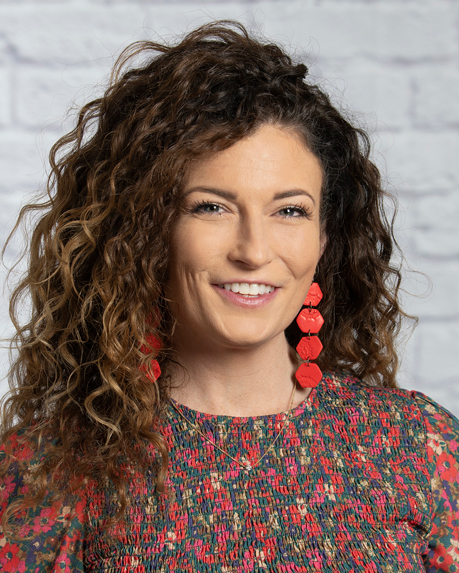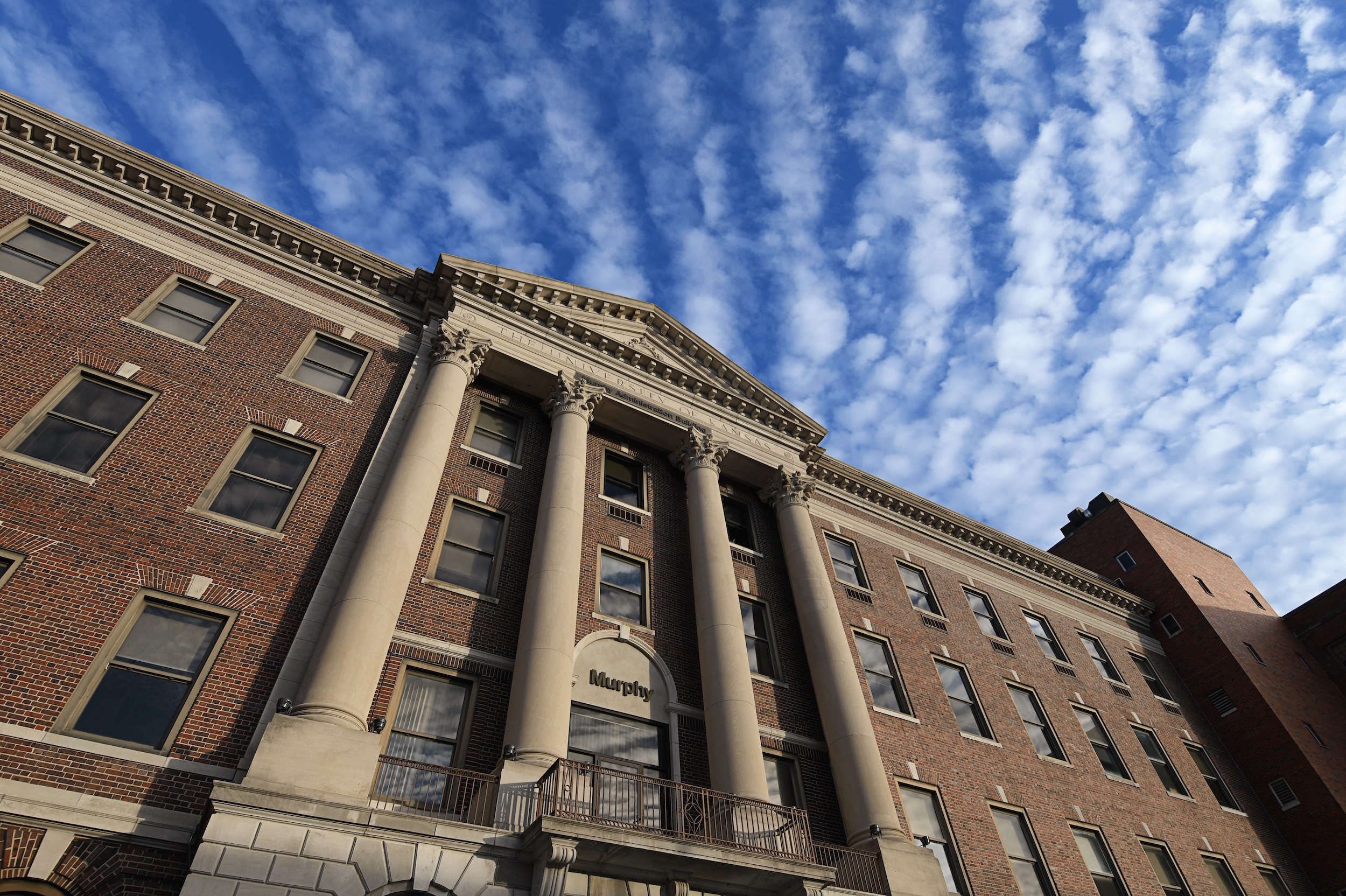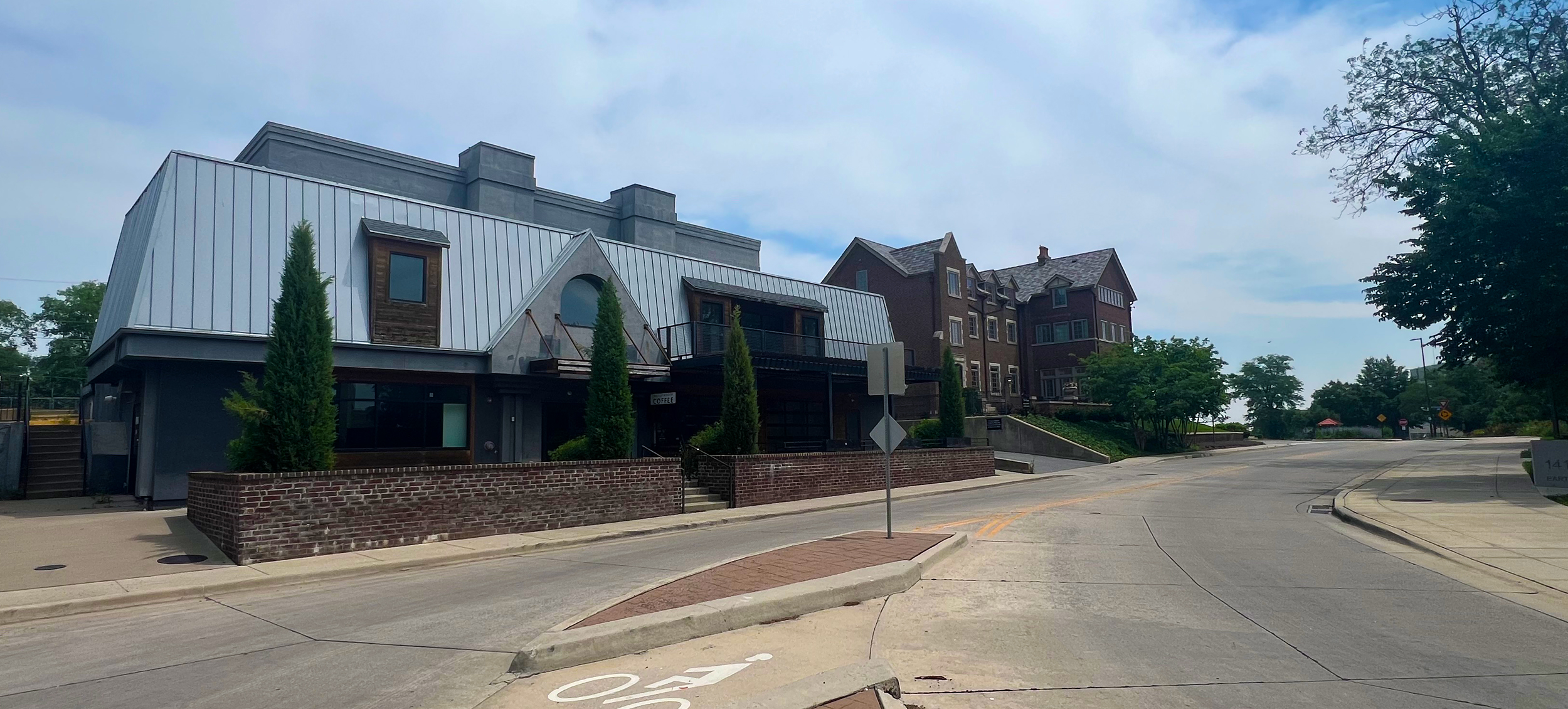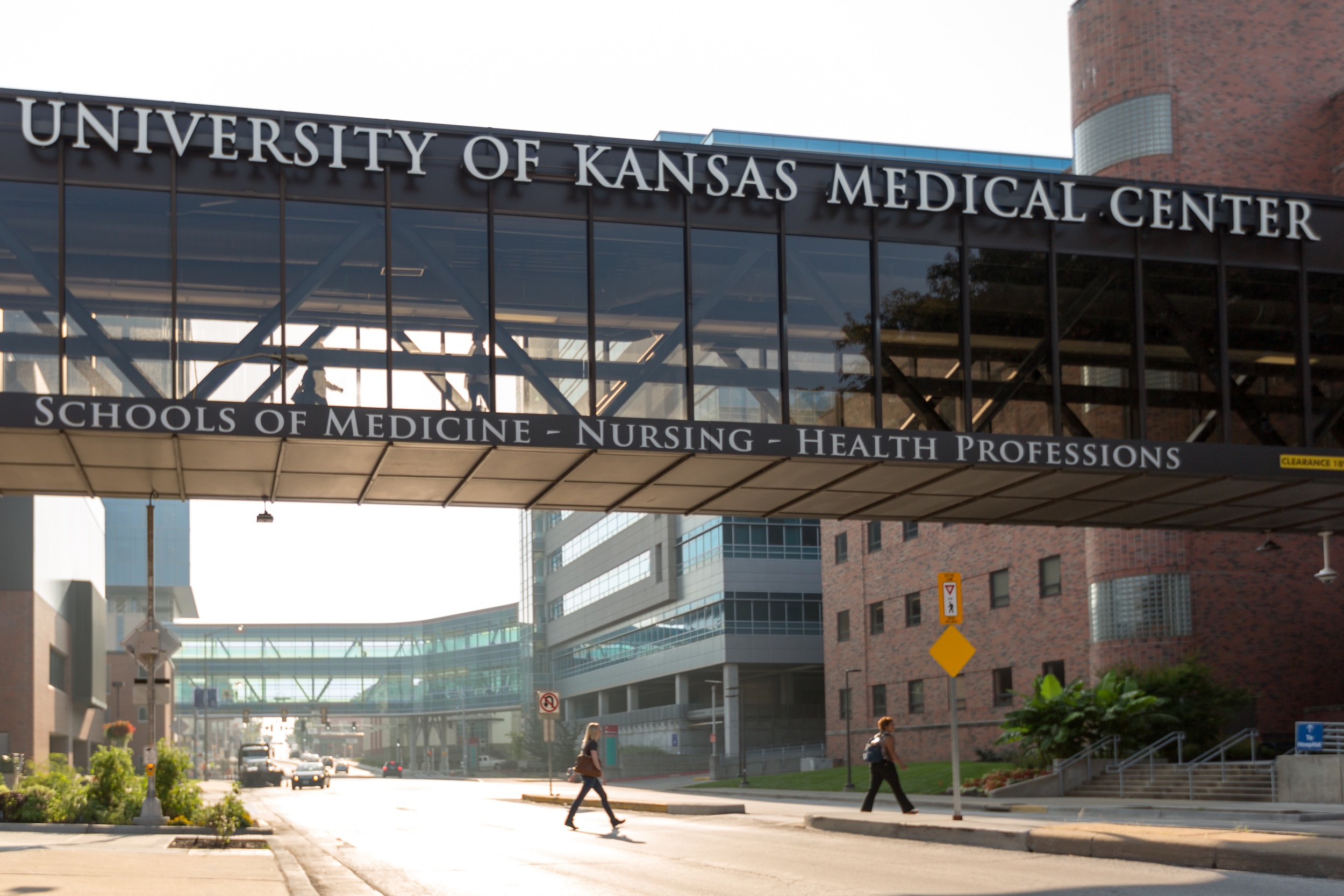KU Giving Magazine
Physicians give $200,000 for patient simulation
February 15, 2010

The patients may be artificial, but the training is real.
Across the University of Kansas Medical Center, curricula include the use of high-tech teaching mannequins. Students learn about anatomy, and hone procedural and critical-thinking skills in risk-free settings when working on these simulated patients.

James Kindscher, M.D., chair of anesthesiology at the KU School of Medicine, is pushing for campus-wide centralization of simulation education. Kindscher and his wife, Anne, of Overland Park, Kan., have made a $100,000 gift to help set plans in motion. Thomas O’Farrell, M.D., and his wife, Nancy, of Prairie Village, Kan., also contributed $100,000 toward the center concept.
Future plans call for the creation of a simulation facility that would be equipped with patient mannequins representing a variety of medical conditions. It would include intensive care, surgical and emergency rooms, as well as areas where students meet with actors who portray patients. Students, residents, fellows or hospital personnel could train in teams and gain feedback from instructors and peers, as well from videos in which they can review their own performances.
“This will create an environment that mimics a real-world situation for training,” Kindscher said. “You’re using it to teach the entire breadth of health care professionals how to practice their art.”
Equally important, a simulation center would allow students to work in interdisciplinary teams, something they will face daily in their careers.
“The surgeon doesn’t work in the operating room alone,” Kindscher said. “There are nurses, people in anesthesia — you have three or four people in the room who are all trying to work together. This gives them a place to learn how to do that.”
O’Farrell said patient simulation plays an important role in the advancement of health care and patient management.
“I think the present and developing patient simulation methods provide a powerful tool for training and enhancing skills of medical students, residents, nursing and allied health students and other paramedical personnel,” O’Farrell said. “I am very excited about this.”
The center has a proposed home — in a yet-unbuilt area above Dykes Library, which was designed for the addition of another floor.
“I think of our gift as seed money,” Kindscher said. “We have money in the fund now, and we can start making a push for other donors and their support.”
Barbara Atkinson, executive vice chancellor of the KU Medical Center and executive dean of the KU School of Medicine, said it is critical that the medical center develop a simulation center. “In the future, it is almost certain that licensing agencies for schools of medicine, nursing and allied health will introduce standards that will make simulation training essential for student education,” Atkinson said. “We should be the leader in our region in providing the most advanced level of simulation training.”
The gifts will be managed by KU Endowment, the official fundraising and fund-management foundation for KU. Founded in 1891, KU Endowment was the first foundation of its kind at a U.S. public university.
Posted on
February 15, 2010
Share this article
Connect with Us




